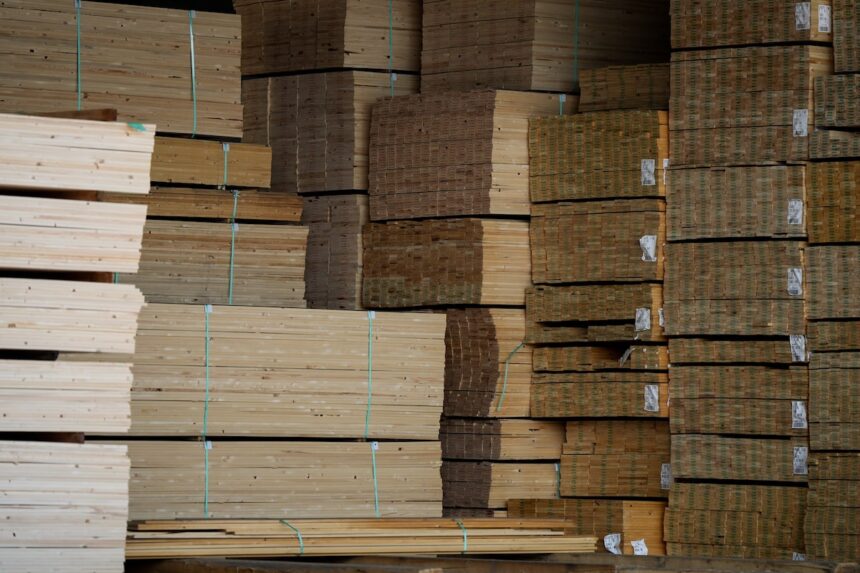The decades-long softwood lumber dispute between Canada and the United States has erupted once again, with Washington leveling fresh accusations that Ottawa provided approximately $1.2 billion in subsidies to its lumber producers over a two-year period. This latest development threatens to intensify trade tensions between the two nations amid already challenging economic conditions in the forestry sector.
According to documents filed by the U.S. Department of Commerce, American officials claim Canadian producers received substantial government assistance between January 2022 and December 2023. The allegations were revealed during the latest administrative review of countervailing duties, which are imposed on Canadian softwood exports based on claims that Canada unfairly subsidizes its industry.
“This persistent dispute represents one of North America’s longest-running trade conflicts,” said Richard Thompson, senior economist at the Canadian Forestry Council. “The timing is particularly challenging as lumber markets face significant headwinds from decreased housing construction on both sides of the border.”
The U.S. lumber industry, primarily through the U.S. Lumber Coalition, has long argued that Canadian producers enjoy unfair advantages through provincial timber pricing systems. Under these systems, Canadian companies harvest timber from public lands, which American competitors claim constitutes an illegal subsidy under international trade rules.
Canada has consistently rejected these characterizations, maintaining that its forest management practices are sound and market-based. The federal government in Ottawa has successfully challenged previous U.S. duties through various trade dispute mechanisms, including under the former NAFTA agreement and now under the USMCA framework.
Mary Robertson, Canada’s Minister of International Trade, expressed frustration with the continuing dispute: “These allegations are unfounded and represent a mischaracterization of our forestry management system. Canadian lumber producers operate in a competitive, market-based environment, and we will vigorously defend our industry against these claims.”
The dispute affects approximately $7.9 billion worth of Canadian softwood exports annually, with producers currently paying combined duties averaging 8.05% on shipments to the United States. Industry analysts suggest these tariffs have cost Canadian producers more than $7 billion since they were implemented in their current form in 2017.
The impact extends beyond corporate balance sheets to affect lumber-dependent communities across Canada, particularly in British Columbia, Quebec, and New Brunswick. An estimated 89,000 direct jobs in the forestry sector hang in the balance, with many small towns economically dependent on the industry’s continued operation.
At the heart of the disagreement lies fundamentally different approaches to forest ownership. While most U.S. timberlands are privately owned, approximately 94% of Canadian forests are on public lands, with provincial governments setting harvesting fees known as “stumpage rates.”
Economic data indicates the dispute has created market distortions on both sides of the border. American consumers have faced higher construction costs as duties are passed along, while Canadian producers have diversified export markets, with significant growth in shipments to China, Japan, and the UK.
“The irony is that American builders and homebuyers are ultimately paying the price for these duties through higher lumber costs,” noted Patricia Wellesley, chief economist at the North American Housing Institute. “During periods of high demand, these additional costs have added an estimated $9,000 to the price of an average new home construction in the United States.”
As both nations prepare for what will likely be another prolonged legal battle through the USMCA dispute resolution mechanism, the question remains: will either country find the political will to negotiate a long-term solution to this seemingly intractable trade conflict, or are we witnessing just another chapter in what has become one of the most enduring commercial disputes in North American history?










